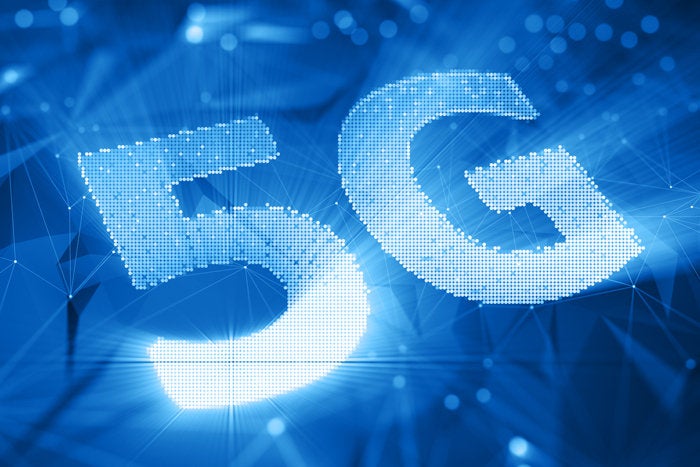- iOS 18.5 brings carrier-based satellite support to iPhone 13 - plus these changes
- Opera is offering 3 free months of Spotify Premium with its cool mini player upgrade
- From floods to fires: Investing in technologies that make communities more resilient
- 変化の早いAIに対して日本企業はどんなガバナンス体制を設けるべきなのか
- Your old router could be a security threat - here's why and what to do
FCC’s 5G-frequency auction prompts $2 billion in bids on the first day

Licenses for premium wireless bandwidth sought by service providers to build out high-performance 5G networks is being auctioned off by the Federal Communications Commission, potentially grossing up to $50 billion and enabling features that enterprises desire most.
The spectrum on the block is a piece of what’s known as the C-band, specifically the 280MHz-wide swath of it from 3.7GHz to 3.98GHz. It provides wider channels that support faster connections and lower latency than other ranges available to carriers, analysts say.
“The C-band auction is the Louisiana Purchase opportunity for the wireless operators, roughly doubling their spectrum,” said Morgan Kurk, executive vice president and chief technology officer at CommScope. “The 100MHz of continuous mid-band spectrum each operator will likely buy will be the most efficient, cost effective, and capacity intense in history.”
The FCC’s Auction 107 opened with a bang on Tuesday, immediately drawing nearly $2 billion in bids, and will see the spectrum licensed in 20MHz sub-blocks, with each of them covering one of 5,684 partial economic areas nationwide. PEAs are geographic subdivisions of federally designated economic areas, defined as municipal areas that serve as centers of economic activity.
The bidding stays open so long there are any PEAs left that have more than one party interested. Licenses in heavily populated urban centers should command the most interest and the highest prices, rural licenses the least.
The importance of the auction to the development of 5G is difficult to overemphasize. Lower frequencies are the more traditional carrier spectrum, since they have excellent propagation characteristics and allow carriers to cover wide areas with a single base station, but that spectrum is heavily crowded, with few wide channels available.
Higher, millimeter-wave frequencies offer enormous channels and potentially blazing-fast connection speeds, but they also propagate terribly. Those signals generally won’t penetrate doors and windows, and the coverage for a single access point is mostly limited to devices in the same room.
The C-band spectrum represents a happy medium that the FCC says, “will be critical mid-band spectrum for 5G services,” but freeing it up hasn’t been easy. To do so the FCC has had to partially displace numerous incumbent licensees including scientific, commercial and government stakeholders.
Forrester vice president and research director Glenn O’Donnell said that careful stewardship of those services is required. “The voracious appetite for 5G bandwidth is a real threat to other radio services across all spectrum, one that could prove dangerous to the public if mismanaged,” he said. “These other services matter.”
To advance 5G, the commission has been aggressively auctioning off mid-band spectrum, including licenses for around 70MHz of the 3.5GHz band in this summer’s Citizens Broadband Radio Service auction, which commanded more than $4.5 billion.
Much more spending is anticipated in the current auction. Experts expect the final tally to reach anywhere from the mid-$20 billion range to over $50 billion. This could make the auction the highest grossing in the FCC’s history, outpacing $45 billion reaped in a 2015 auction of advanced wireless services spectrum.
Copyright © 2020 IDG Communications, Inc.

